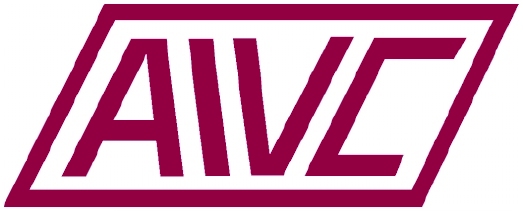This report gives a critical review of steps taken in 10 countries (Belgium, Denmark, Finland, France, Germany, Netherlands, Japan, Sweden, UK, USA) with regard to testing and reporting schemes as well as overall quality approaches to improve building airtightness. The analyses are mostly based on contributions and discussions with 20 speakers invited to the AIVC-TightVent airtightness international workshop held in Brussels, 28-29 March 2012; they also include information from earlier publications as well as from the authors’ experience.
We have examined the schemes derived to increase the reliability of air leakage tests because of the potentially large energy and economic impacts of erroneous results. This includes test specifications going beyond existing standards regarding building preparation, choice of reference values, data collection protocols and reference pressure, sampling rules for large or multi-family buildings, equipment calibration and analysis software validation. To enforce these specifications, some countries have derived competent tester schemes including trainings with an array of subsequent procedures—e.g., for training bodies, auditors trainings, centralized test data collection.
We have also analysed the various approaches to encourage tighter constructions. These range from purely voluntary schemes to systematic testing of minimum requirements, via requirements or incentives for subsidized projects, programmes or quality scheme implementation.
Overall, the main lessons learnt are that a) clear encouragements to systematic or nonsystematic testing have led to market transformations while other options have failed to do so; and b) that carefully designed competent tester schemes are essential to give credit to incentives or requirements as well as to monitor airtightness policy measures.






